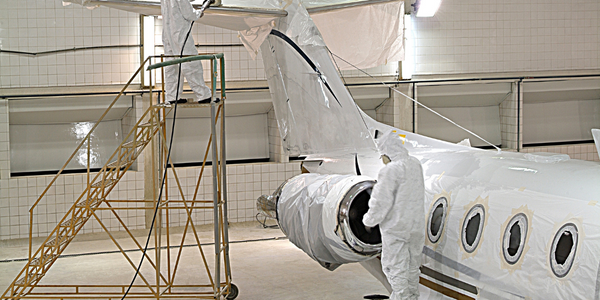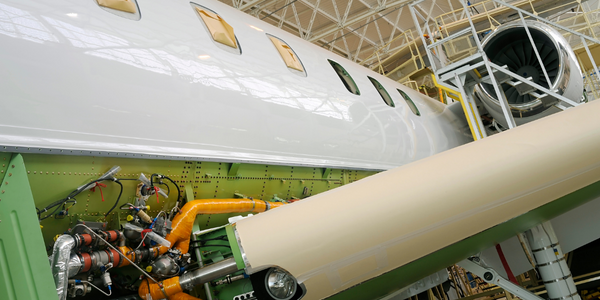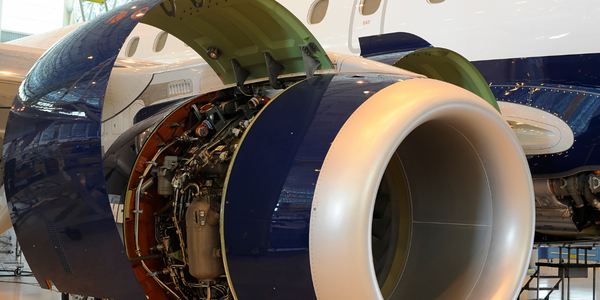Applicable Industries
- Aerospace
About The Customer
Azul Airlines is the largest airline in Brazil, operating in over 150 locations across the country. The airline is faced with the challenge of managing operations in a region with a diverse and often volatile climate, which can lead to flight delays, cancellations, and even grounding of all flights in extreme cases. The safety and efficiency of their operations are of utmost importance, and they require accurate and timely weather information to manage their operations effectively. Eduardo Pongeluppe, Azul’s Flight Dispatch Manager, is responsible for adapting operations in response to changing weather conditions.
The Challenge
The aviation industry is significantly impacted by changing weather conditions, especially in regions with diverse climates like Brazil. These volatile weather events, including strong winds, heavy precipitation, and intense storms, can cause flight delays, cancellations, and in extreme cases, grounding of all flights. Azul Airlines, Brazil's largest airline, operates in over 150 locations across the country, making it a challenge to monitor and adapt to changing weather conditions at each airport. The safety and efficiency of their operations are paramount, and the lack of accurate and timely weather information can lead to operational disruptions and potential safety risks.
The Solution
Azul Airlines turned to Tomorrow.io's weather and climate security platform to tackle this challenge. The platform provides automated insights and alerts about changing weather conditions, enabling the airline to predict and prepare for adverse weather. Eduardo Pongeluppe, Azul’s Flight Dispatch Manager, uses these insights to adapt operations before severe weather hits. When informed of adverse weather, the team checks all the aircraft arriving at the same time and creates an alternate plan for all other airports. This ensures that they can attend to customers, aircraft, and crew effectively and safely. The ability to adapt operations in response to weather conditions is a critical feature provided by Tomorrow.io.
Operational Impact

Case Study missing?
Start adding your own!
Register with your work email and create a new case study profile for your business.
Related Case Studies.

Case Study
Airbus Soars with Wearable Technology
Building an Airbus aircraft involves complex manufacturing processes consisting of thousands of moving parts. Speed and accuracy are critical to business and competitive advantage. Improvements in both would have high impact on Airbus’ bottom line. Airbus wanted to help operators reduce the complexity of assembling cabin seats and decrease the time required to complete this task.

Case Study
Aircraft Predictive Maintenance and Workflow Optimization
First, aircraft manufacturer have trouble monitoring the health of aircraft systems with health prognostics and deliver predictive maintenance insights. Second, aircraft manufacturer wants a solution that can provide an in-context advisory and align job assignments to match technician experience and expertise.

Case Study
Aerospace & Defense Case Study Airbus
For the development of its new wide-body aircraft, Airbus needed to ensure quality and consistency across all internal and external stakeholders. Airbus had many challenges including a very aggressive development schedule and the need to ramp up production quickly to satisfy their delivery commitments. The lack of communication extended design time and introduced errors that drove up costs.

Case Study
Accelerate Production for Spirit AeroSystems
The manufacture and assembly of massive fuselage assemblies and other large structures generates a river of data. In fact, the bill of materials for a single fuselage alone can be millions of rows of data. In-house production processes and testing, as well as other manufacturers and customers created data flows that overwhelmed previous processes and information systems. Spirit’s customer base had grown substantially since their 2005 divestiture from Boeing, resulting in a $41 billion backlog of orders to fill. To address this backlog, meet increased customer demands and minimize additional capital investment, the company needed a way to improve throughput in the existing operational footprint. Spirit had a requirement from customers to increase fuselage production by 30%. To accomplish this goal, Spirit needed real-time information on its value chain and workflow. However, the two terabytes of data being pulled from their SAP ECC was unmanageable and overloaded their business warehouse. It had become time-consuming and difficult to pull aggregate data, disaggregate it for the needed information and then reassemble to create a report. During the 6-8 hours it took to build a report, another work shift (they run three per day) would have already taken place, thus the report content was out-of-date before it was ever delivered. As a result, supervisors often had to rely on manual efforts to provide charts, reports and analysis.

Case Study
Developing Smart Tools for the Airbus Factory
Manufacturing and assembly of aircraft, which involves tens of thousands of steps that must be followed by the operators, and a single mistake in the process could cost hundreds of thousands of dollars to fix, makes the room for error very small.








